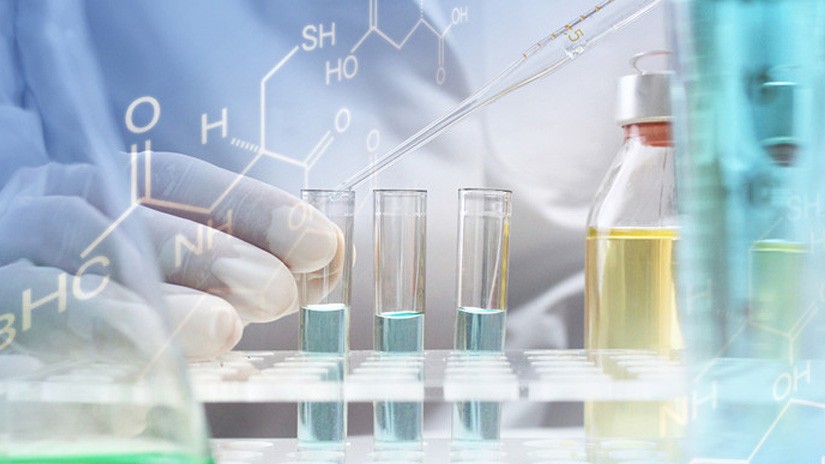SURFACTANTS ARE THE most versatile products of the chemical industry. AmphiphilicmoleculeThere are utilized in every industrial area ranging from household detergents to drilling muds and food items to pharmaceuticals.
A term surfactant comes from the word surface active agent. They are amphiphilic molecules and are thus absorbed in the air-water interface. At the interface, they align themselves so that the hydrophobic part is in the air and hydrophilic part is in water. This will cause the decrease in surface or interfacial tensions.
Surfactant basics
As said, surfactants are amphiphilic molecules that have hydrophobic and hydrophilic parts. The hydrophobic tail is a hydrocarbon, fluorocarbon or siloxane. Surfactants are typically classified based on their polar head as the hydrophobic tails are often similar. If the head group has no charge, the surfactant is called non-ionic. If the head group has negative or positive charge, it is called anionic or cationic, respectively. If it contains both positive and negative groups, then the surfactant is called zwitterionic.
Anionic and nonionic surfactants are by far the most used surfactant types in industry. Anionic surfactant find use especially in cleaning product like laundry detergents and shampoos. Noninonic surfactants on the other hand are often used as wetting agents and in food industry. Both cationic and zwitterionic surfactants are more for special use as they are more expensive to produce.





